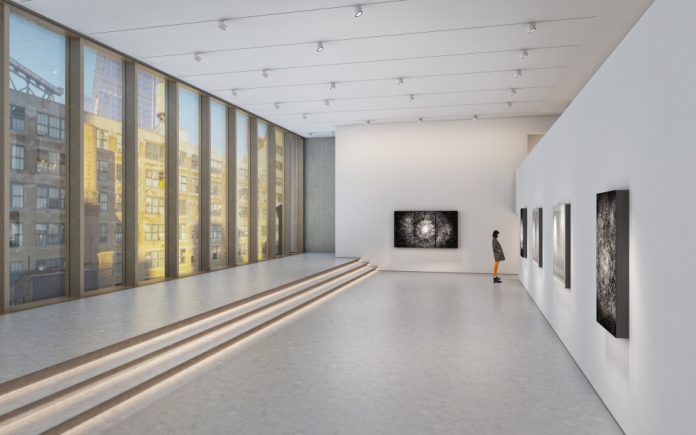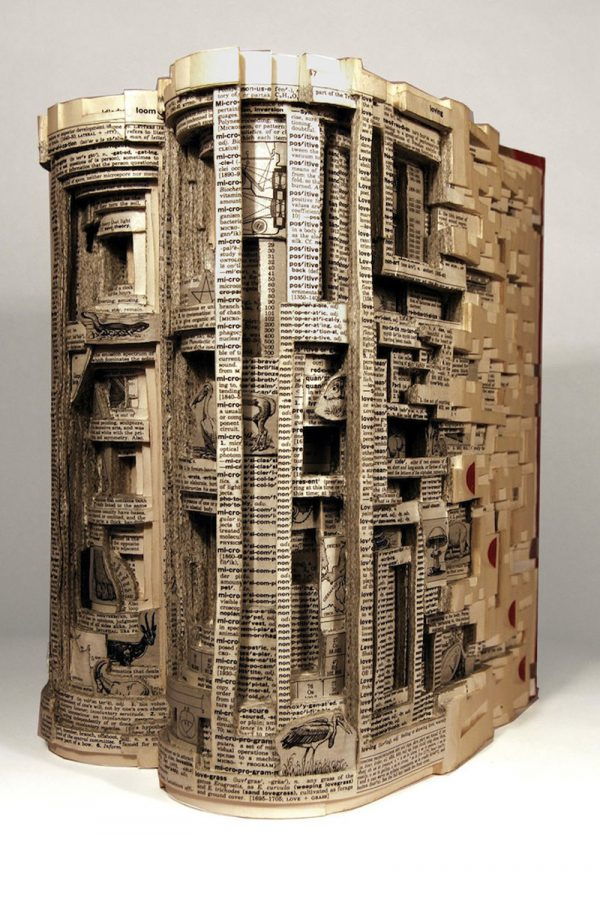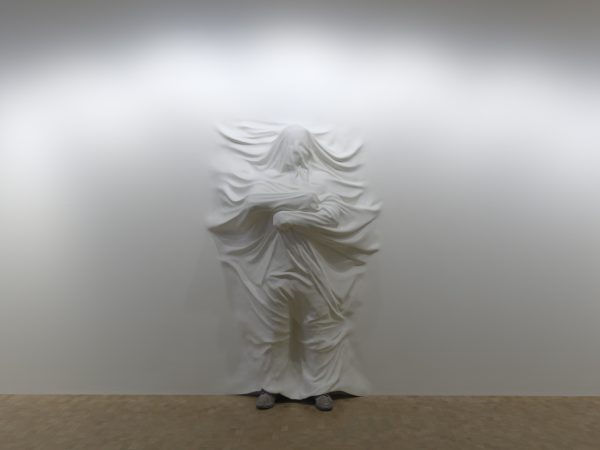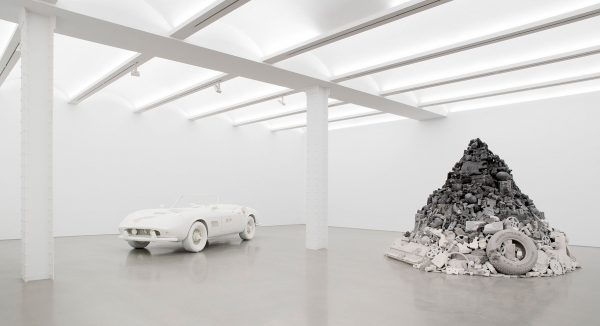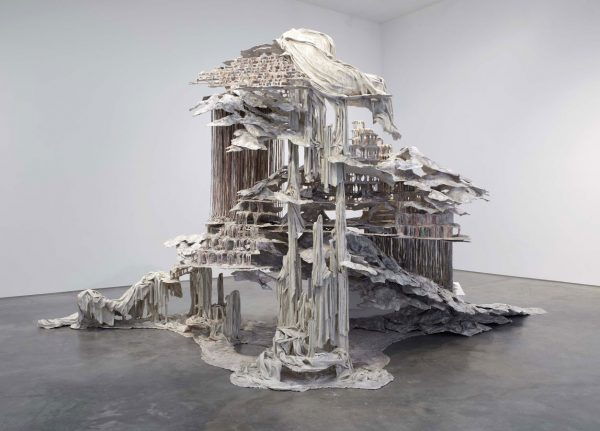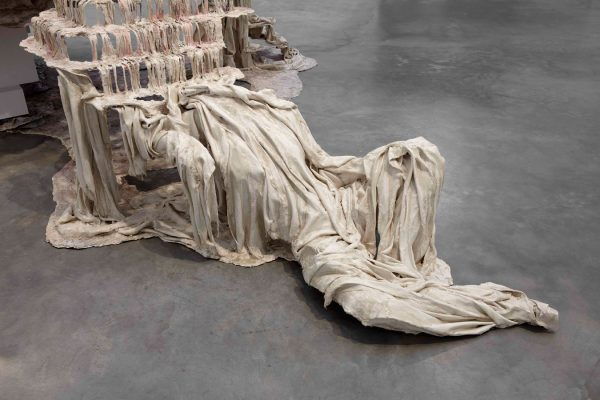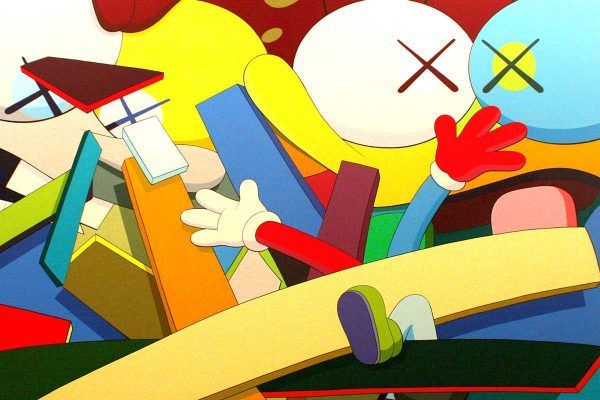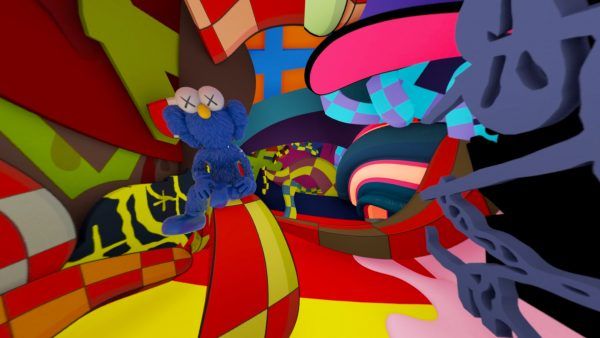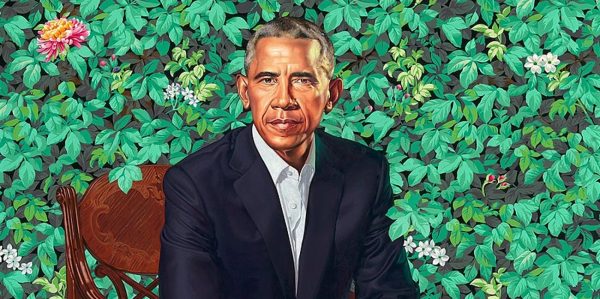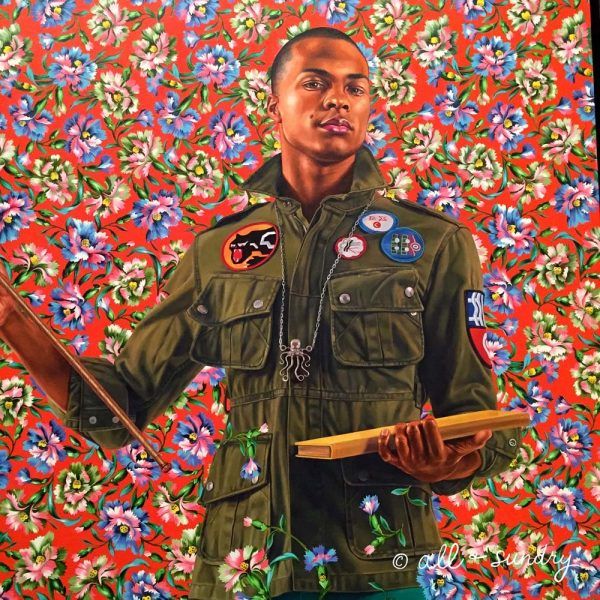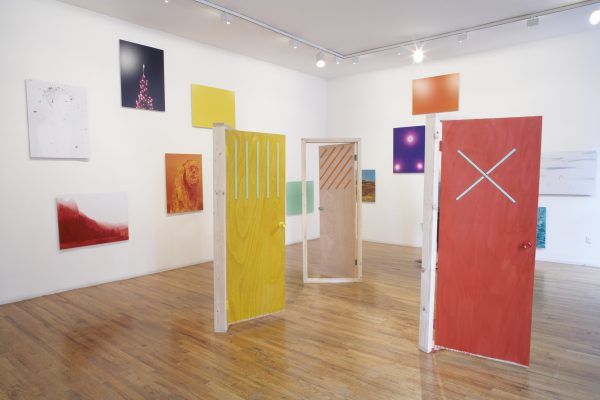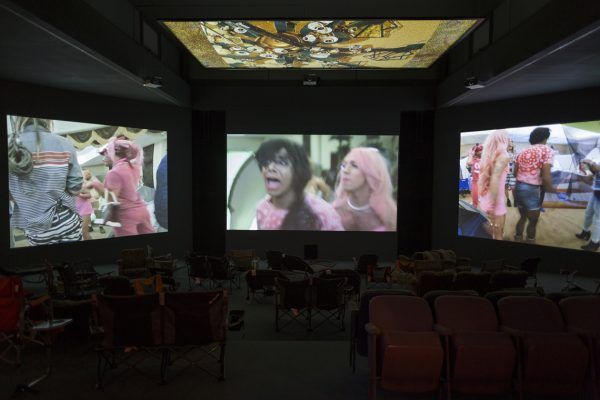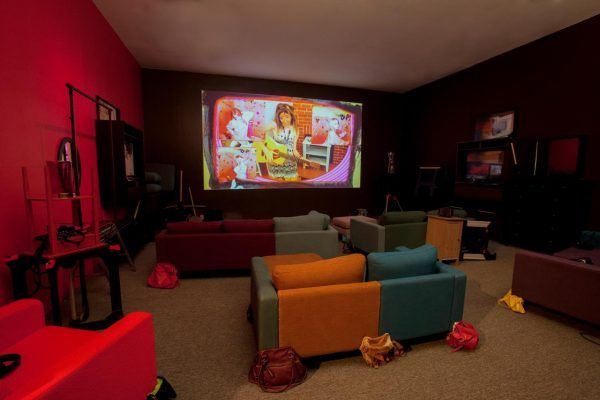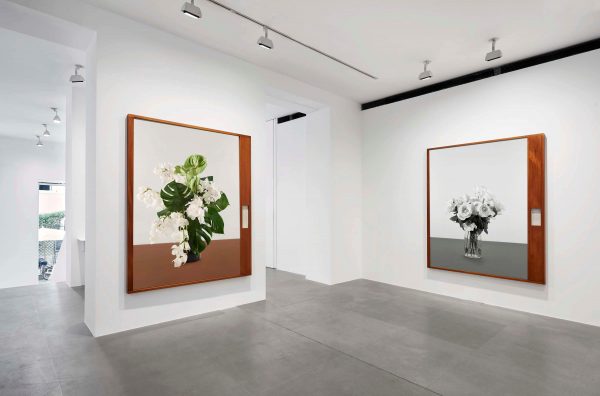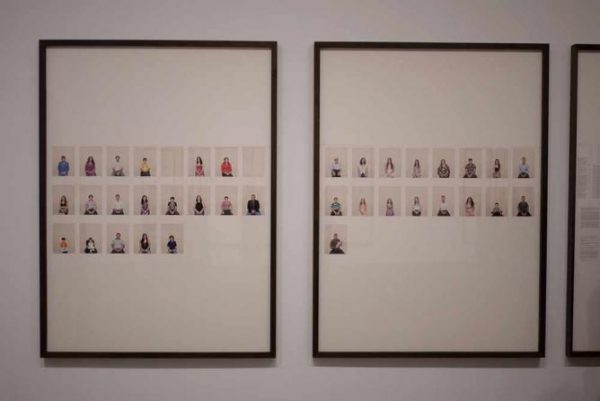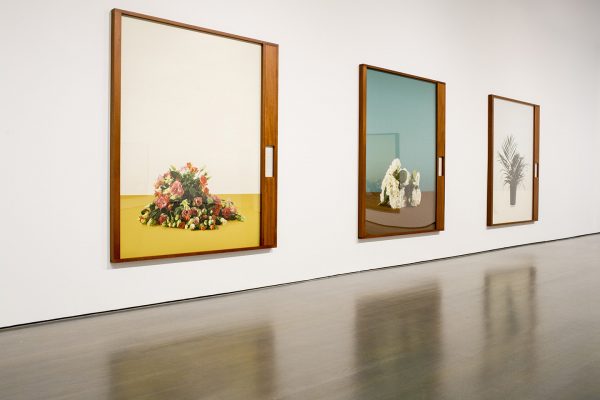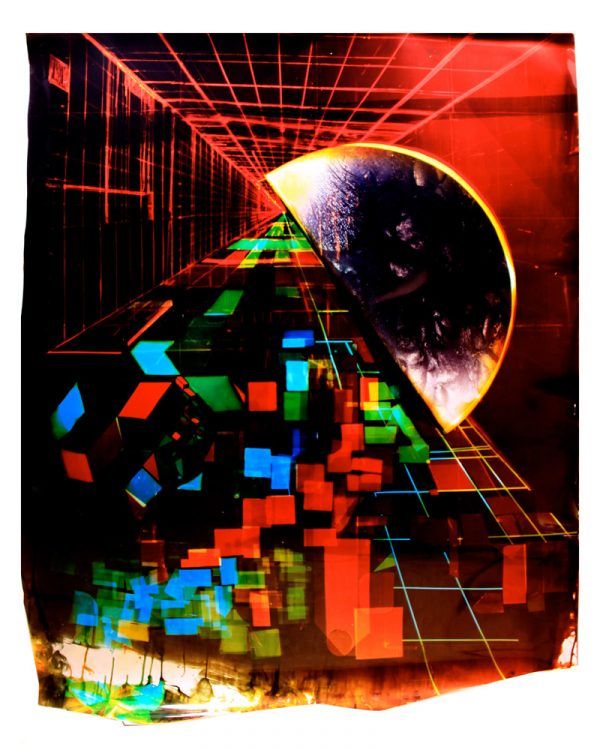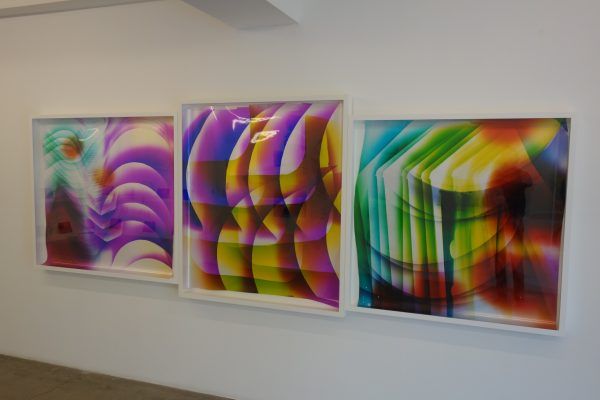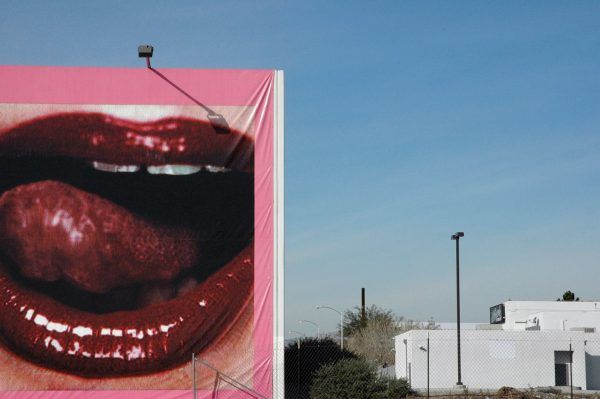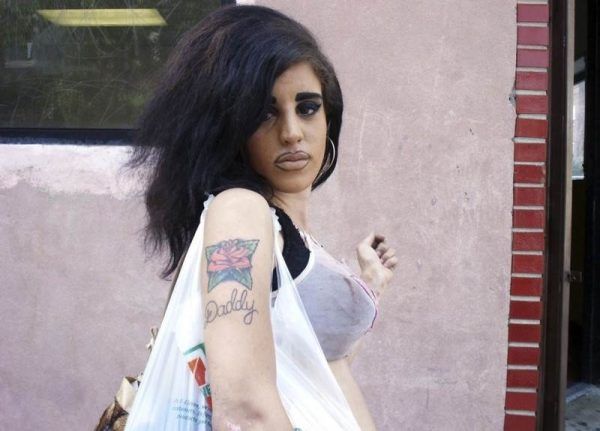New York and the United States, in general, are the center of attraction for many creative people who come here to work and study from all over the world. Not surprisingly, since the 1960s, New York has become the contemporary art capital of the world. Artists create daring projects here, and the art infrastructure allows many of them to present their work to audiences in the United States and beyond.
FIVE ASPECTS OF THE AMERICAN ART INDUSTRY
1. Industrial scale production
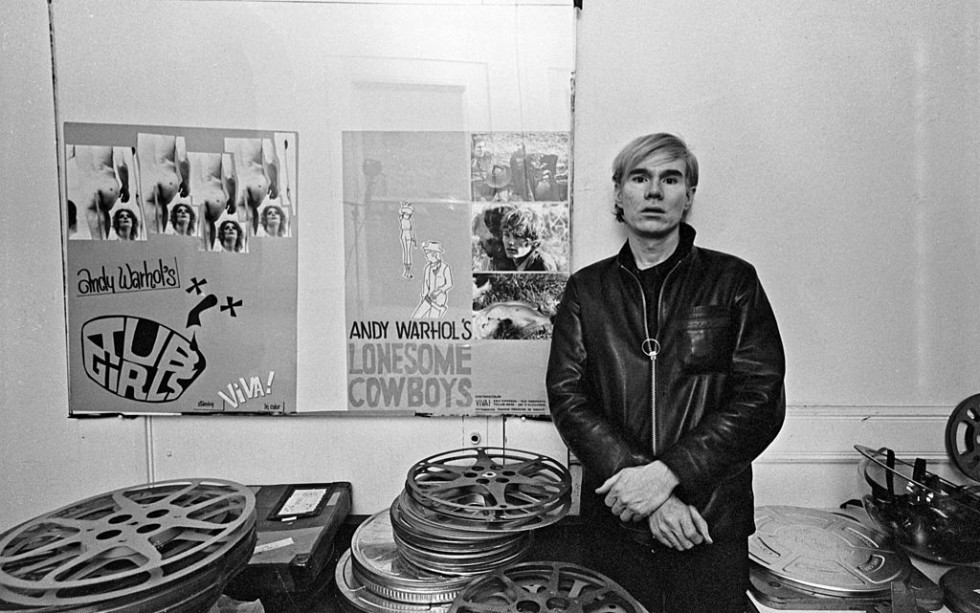
In the 1960s, Andy Warhol turned his studio in New York into The Factory, or rather, he set up a studio in an industrial shop. “The Factory changed address four times, but it was always a large, spacious space. Warhol put the production of his work on stream there, employing numerous assistants who did the monotonous work of replicating images in the silkscreen technique.
Andy Warhol’s “factory” quickly became not only a production site but also an iconic place where many people wanted to go. Mick Jagger, Truman Capote, Bob Dylan, Jim Morrison, and other famous guests could be found at regular parties. “The Factory was the birthplace of unique projects and collaborations, like Warhol’s art house films or the production of the art-rock band The Velvet Underground.
Much of what Warhol created and was pioneering has, decades later, become quite commonplace in the contemporary American and global art industry. Contemporary artists often work in industrial-sized studios, employing entire teams of specialists.
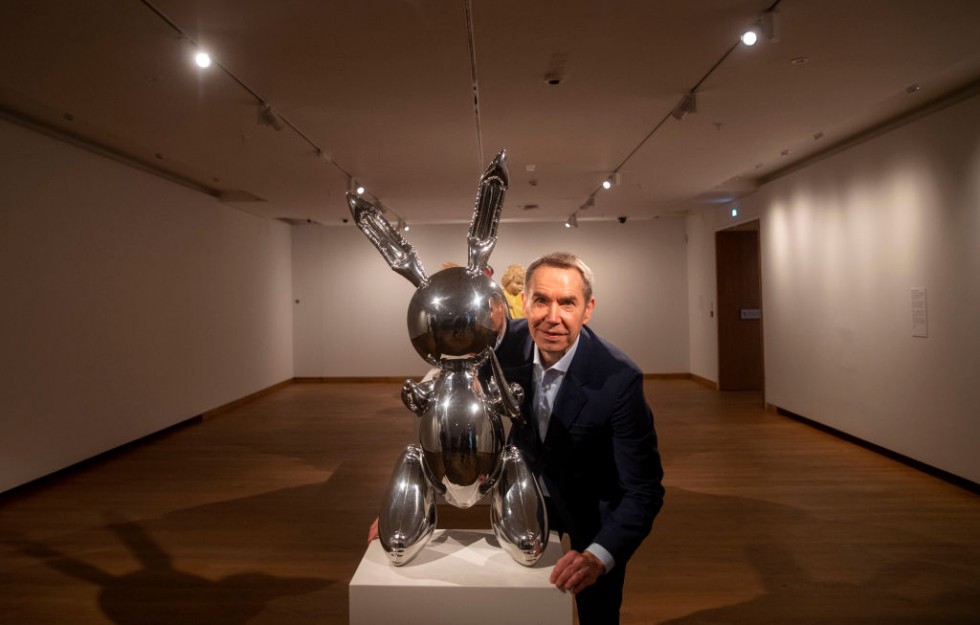
For example, the studio of contemporary American artist Jeff Koons, whose sculpture Rabbit was sold for $91 million at a Christie’s auction in 2019, employs hundreds of specialists of different profiles. It is a structured company where everyone is responsible for his area of work. In the department of paintings, in particular, the famous works of the Italian Renaissance, Baroque and conceptual elements to them are recreated, which create new meanings and versions of the reading of the classics. Koons’ studio is home to young artists who are gaining experience and those who need to earn money to continue their personal creative journey.
2. Commercial infrastructure
The art industry is constantly evolving and roles are being redistributed. At the end of the nineteenth century, the opinion of a respected art critic promoted the artist, who was immediately picked up by dealers and successfully placed in the collections of their clients. Since the mid-twentieth century, the art critic-dealer scheme as the basis for a successful career of an artist is replaced by the dealer-collector. And it’s still relevant today.
Collectors rarely buy directly from artists – it’s mostly with the help of dealers and gallerists. That’s why it’s so important for an artist to find a gallery that will work with and represent him. As a rule, gallerists in New York are open to dialogue.
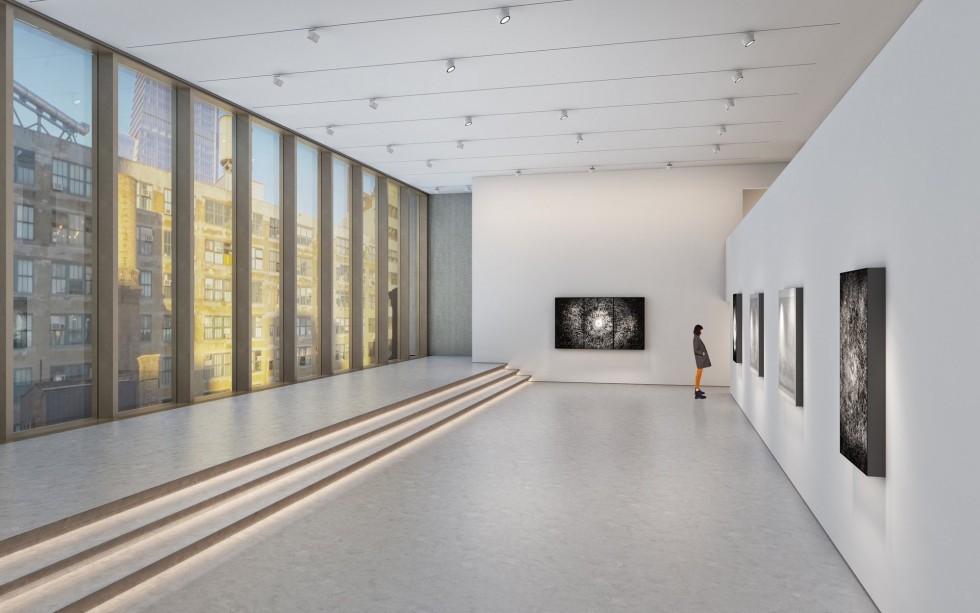
Pace
However, it is important for an artist to understand with whom it is best to start a collaboration, in particular, who will be able to properly present his art and develop his career. The influence of art dealers, who in most cases are gallery owners both in the United States and in other countries, depends on the number of iconic, successful projects, connections to collectors, the ability to shape the market. For example, Loy Holloway’s work skyrocketed in value immediately after she signed a contract with the influential Pace Gallery (Pace).
3. Fairs and Presentations
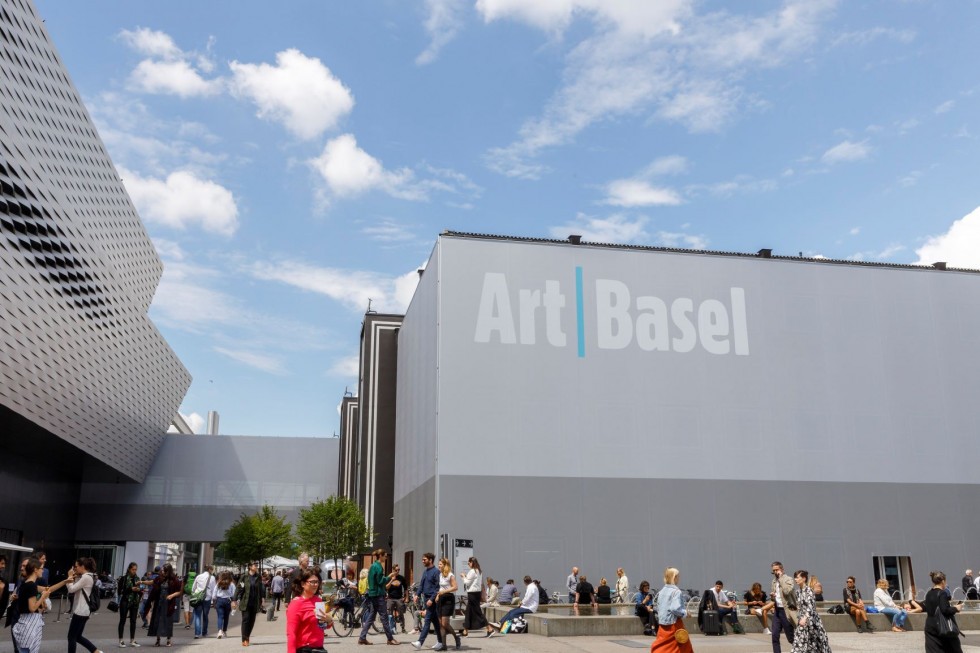
Art Basel
Collaboration with a system art dealer often creates an additional burden for the artist: he must be included as much as possible in a series of events that serve a marketing function. As a rule, galleries do group or solo artist exhibitions, and also exhibit works at various art fairs: from large international ones, like Frieze (Frieze Art Fair) and Art Basel, to local and small ones, which are usually held almost weekly in different countries of the world.
Such exhibitions in most cases are a source of income and attract new clients to the gallery. For example, about 300 successful galleries from around the world participate in Art Basel. This concentration is very attractive to collectors, independent dealers, curators, and critics because at such trade shows thousands of works by completely different artists are presented under one roof on the stands of leading galleries. Thanks to this, collectors and independent dealers can discover new talents, find and purchase something they have long wanted. The art fairs have large traffic of core visitors, which gives gallerists the opportunity to find new partners and close deals.
4. Multimedia, cooperation with the cinematographic and IT industries
Quite often, American artists collaborate with other companies and industries to create their work.
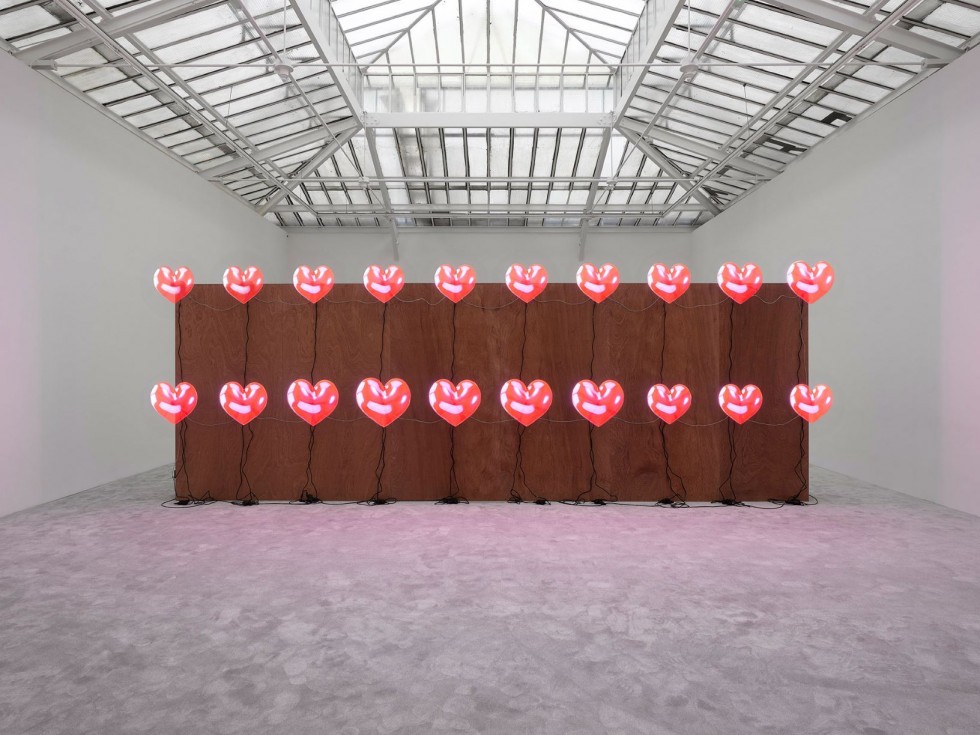
Artists, Friends, Racists
For example, the young American artist Jordan Wolfson (Los Angeles) often uses high-tech equipment, programming, animation, and computer design to realize his creative idea. For his latest work, Artists, Friends, Racists, he used HYPERVSN 3D: holographic displays that reproduced a series of images, (a mix of animation and photography). The animations were created under his supervision at a Hollywood studio, and the displays, which resemble small fans, have been successfully used to project advertisements in South Korea and other Asian countries.
Kara Walker, who is considered one of the most complex, provocative, and productive American artists of her generation, uses modern technology in the process of creating her work. She creates mock-ups of large-scale sculptures on 3D printers before moving on to create the final version of her works, which can be made from materials ranging from sugar, cork, wood, metal to recycled materials.
5. Sponsors and Patrons
Museums in the United States and Europe are supported by benefactors and trustees.
Patronage of museums is considered a prestigious affair that gives exclusive access to collections (one can enjoy their favorite pieces all by oneself); close contact with curators and artists; and invitations to private parties and fundraisers. In addition, patrons can receive board members for their generosity. Trustees are also given special tax benefits, which is a very nice financial bonus to such a noble mission as the development of the country’s cultural foundation.
Support from the philanthropist is carried out both in the form of direct financial influences for the purchase of certain works for the collection or for the implementation of special projects and exhibitions and by donating works of art from their collections or purchased at the request of the museum. Quite often such things are done incognito, but trustees are always given the opportunity to present themselves publicly, from a mention in the annual report to the honorary title of museum ambassador. On the other hand, it is considered improper to hold exhibitions consisting only of a collection belonging to one owner or one family.
Despite the fact that such a system of support from benefactors is vital for museums, there are “weaknesses” in it as well. First and foremost, there are prerequisites for a museum’s dependence on its sponsor. Although most directors are committed to maintaining independence and keeping art out of the sponsors’ desires, they have to be virtuoso masters in order to maintain a balance of interests. After all, maintaining the mission and qualifications of the museum team’s vision is just as important as considering the interests of the benefactor.
Moreover, if the institution of sponsorship begins to come into direct conflict with the values of the museum team, the latter breaks off relations with the trustee.
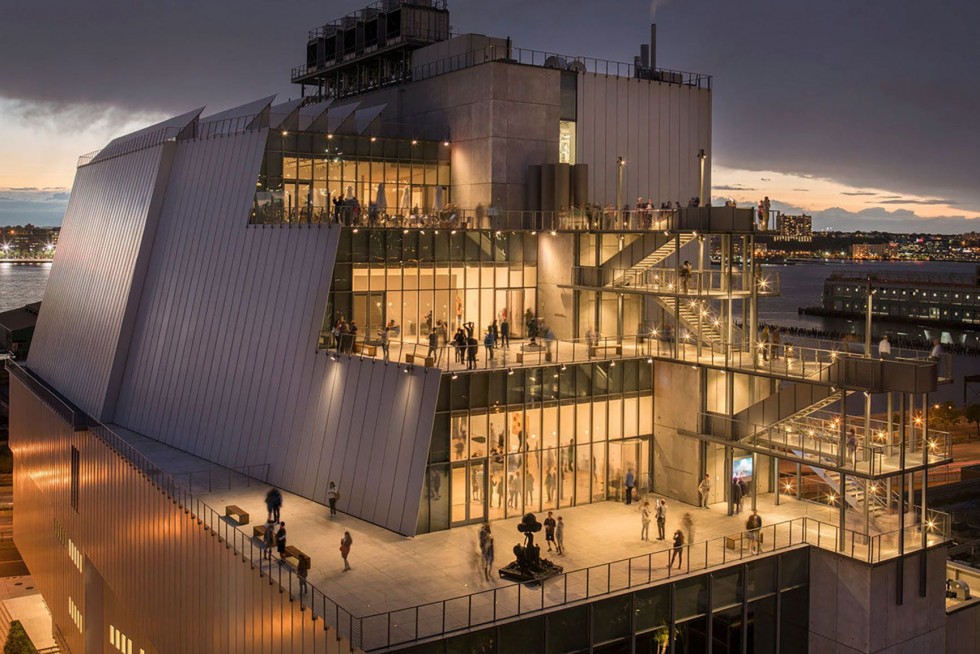
Whitney Museum of American Art
A couple of years ago a scandal broke out with the Whitney Museum of American Art. The public and members of the creative professions objected to Warren Kenders’ participation in the institution’s board of directors and, consequently, to his financial support. He has donated more than $10 million to the museum over the past 15 years.
The scandal coincided with the Biennial, which is the most important and prestigious exhibition for young artists in the United States. As a result, eight of the participating artists asked museum management to remove their works from the exhibition in support of public protests against Warren Kenders and his involvement in the life of the cultural institution. More than 200 people participated in one such protest.
The protest arose after information surfaced that one of Warren Kenders’ sources of income was the production of weapons, particularly tear gas, which was used against illegal immigrants attempting to cross the border into Mexico and the United States. The protests began in November 2018 and ended in July 2019, when Kenders resigned from his position as vice president of the museum’s board of directors.
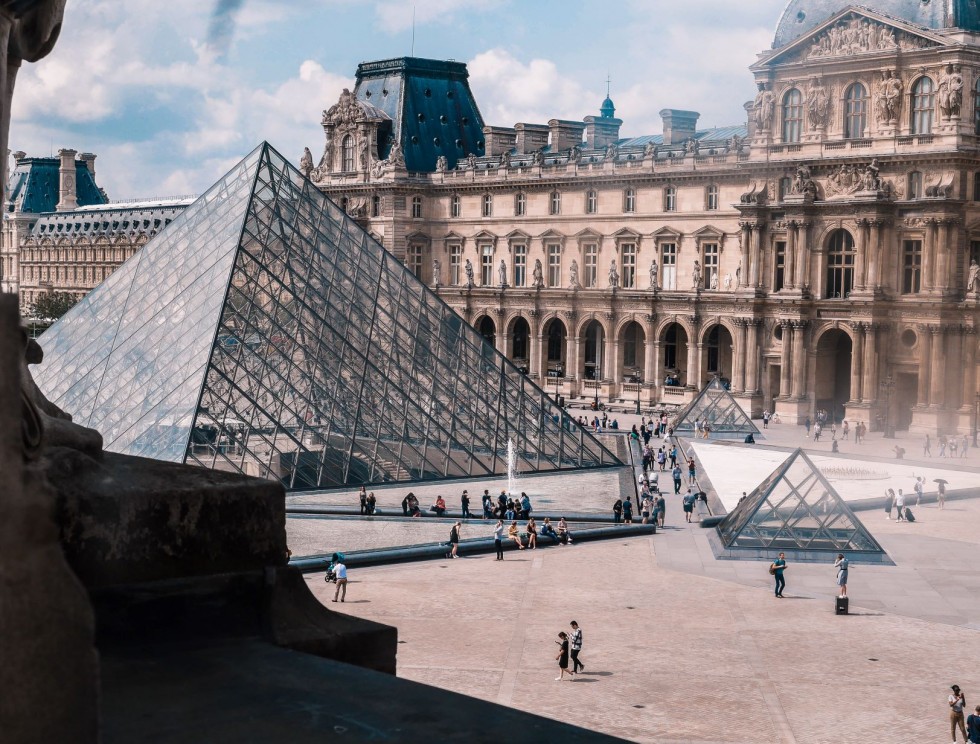
Similarly, museums around the world withdrew financial support from the Sackler family. As it turned out, the family’s fortune was built on Purdue Pharma, a company associated with the production and promotion of opioid drugs, which had serious health consequences, including addiction. The Sackler family’s donations were refused by the Metropolitan and Guggenheim Museums (New York), the Louvre (Paris), the Tate and the National Portrait Gallery (London). Many of these museums had entire rooms, if not departments, bearing the Sackler family name, indicating a tremendous financial infusion on their part.
The Tate also turned down financial support from BP (British Petrolium). The museum spent last year, 2019, under the auspices of raising public awareness of climate change. BP is one of the leading oil producers, with all the environmental implications that entails. Because of this, the Tate did not want to be associated with such a company and turned down their donations, which amounted to about $4.5 million.
Contemporary art scene
New talents are constantly trying to make their mark on the contemporary art scene – some by breaking boundaries, others by making a modern contribution to something classic. We’ve compiled a list of contemporary American artists who have taken the 21st-century contemporary art world by storm.
Brian Dettmer
Brian Dettmer is a contemporary artist from New York City who transforms old books and other printed publications into intricate sculptural masterpieces. Working with tweezers, knives and other surgical implements, Dettmer manipulates the pages and spines of books to form sculptural volumes without anything inside being moved or replaced. Having received well-deserved awards throughout his career, Dettmer’s work has been featured in solo and group exhibitions throughout the country and abroad, and can also be found in many private and public collections around the world.
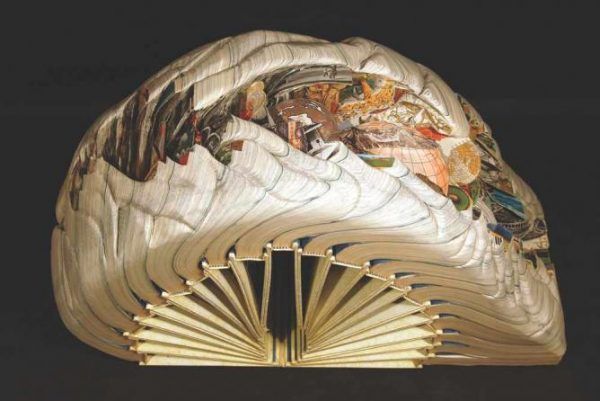
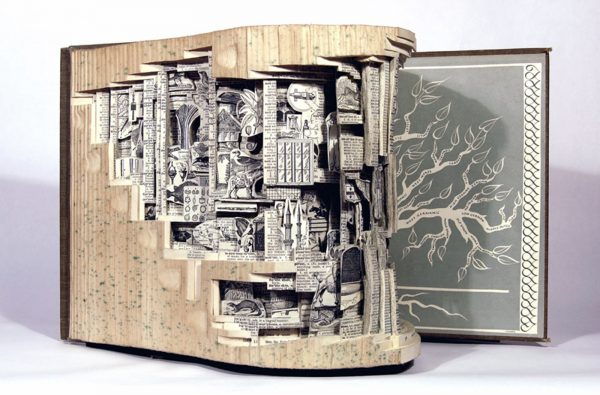
Daniel Arsham
New York artist Daniel Arsham creates unique works of art in 2D, 3D and 4D dimensions, many of them featuring elements of architecture. Some of Arsham’s most famous works make viewers look at building elements in a new way – walls that stretch behind figures or sections that seem to be blown around by the wind, creating a rippling effect. His art is truly exceptional. His work can be found in many collections around the world, as well as seen in solo and group exhibitions.
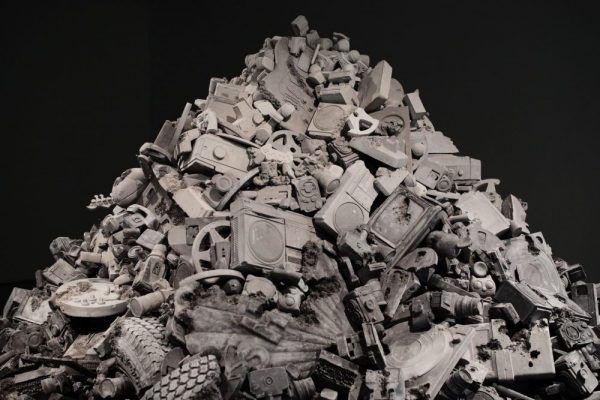
Diana Al-Hadid
Working with polymer plaster, fiberglass, steel, plaster and other materials, Ohio-based sculptor Diana Al-Hadid creates complex and incredibly beautiful works of art – melting sculptures that are actually solid. Al-Hadid builds intricate abstract works reminiscent of elements found in art throughout history, including works of Northern Renaissance art and Gothic architecture. The sculptor also creates panels–liquid materials are poured onto flat support and removed after drying, creating the impression that the remaining pieces are floating on the surface. Given her unique style, it is not surprising that Al-Hadid has had many solo and group exhibitions, as well as work presented in prestigious collections such as the Whitney Museum of American Art in New York.
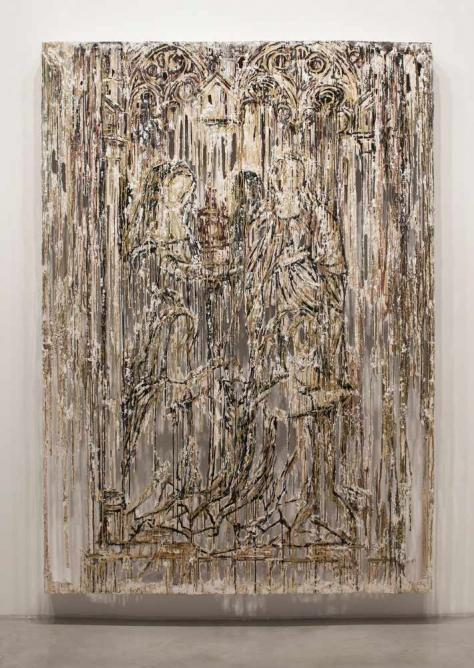
KAWS
Brian Donnelly, better known by his pseudonym KAWS, is a graffiti artist from New Jersey. He also works in other mediums, including painting and sculpture. Over the years, in collaboration with many companies, he has also designed many limited edition toys and clothing items. KAWS often redraws cartoon characters such as Mickey Mouse, Snoopy and SpongeBob SquarePants, and many others. But in place of their eyes are characteristic crosses. By the way, it’s not even the crosses, but the letter “X,” which KAWS makes a special distinction among all the others. His work has been shown in exhibitions all over the world, and can also be found in many permanent collections, both private and public, including the Rosenblum Collection in Paris.
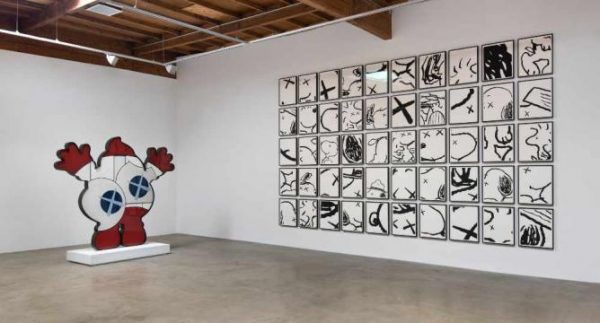
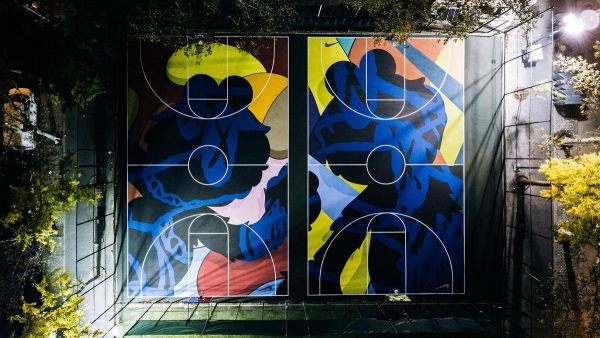
Kehinde Wiley
Kehinde Wiley is a New York artist known for his portraits inspired by the paintings of old masters. His first work was a portrait of a dark-skinned man from Harlem, soon followed by portraits of other dark-skinned men and women from around the world. Kehinde Wiley allows the models to choose their own classic work depicting nobles, aristocrats, and other haunting historical figures and then depicts them in casual clothing against a bright background based on decorative textiles in a similarly heroic pose. The result is a bold and powerful modern take on classical portraiture. Wiley’s world-famous paintings can be found in numerous collections around the world, including the Metropolitan Museum of Art in New York City.
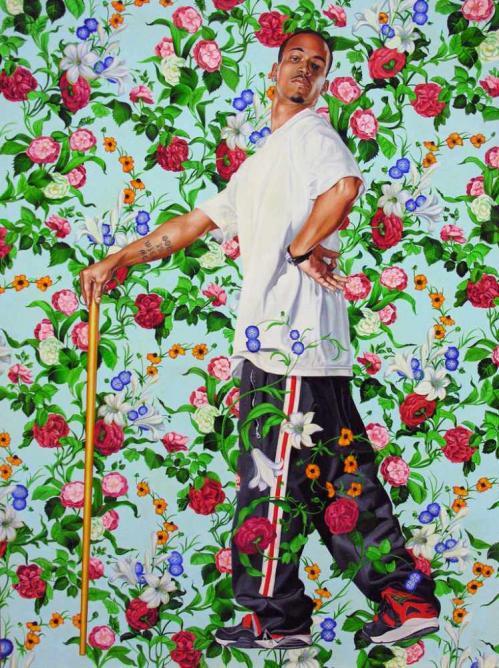
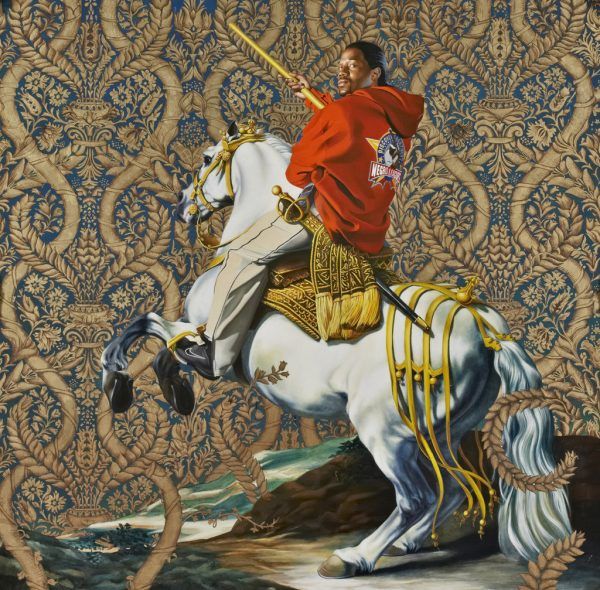
Mariah Robertson
Contemporary photographer Mariah Robertson does things her own way. Throwing out all photographic rules, Robertson experiments with various unconventional methods, including the use of glossy paper, which is often overexposed and torn. She also uses various chemicals, either alone or mixed, and “spills” them onto the paper to see what happens, and the result is incredible: wild photographs that explode with intense color. Most of Robertson’s photographs are large-scale, and instead of hanging neatly on the walls, these works are most often displayed as impressive installations. In addition to various group and solo exhibitions, Robertson’s innovative photographs can also be found in several public collections.
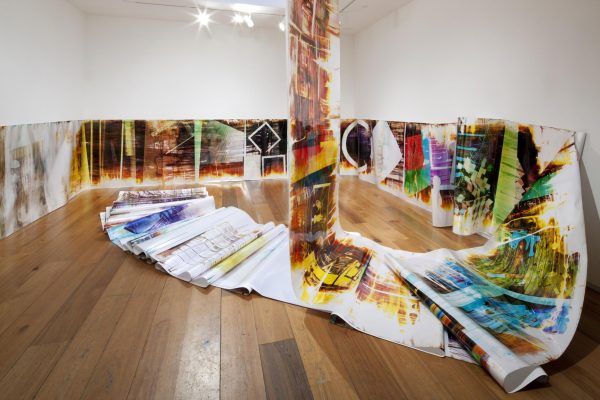
Ryan Trecartin
Ryan Trecartin, currently based in Los Angeles, is known as a video artist. Sometimes he also creates sculptures and installations. Trecartin, along with his regular collaborator Lizzie Fitch, creates experimental, multi-layered, and short films that are often shown in museums. Ryan Trecartin made his debut on the art scene in 2004 with Family Finds Entertainment, a film about a boy’s adventure. Incidentally, the characters in the film are played by Trecartin himself, along with his family and friends. For this film, Trecartin won many awards and was featured at the Whitney Biennial of Contemporary American Art two years later. Based on contemporary life and all that it entails, his films are unique and intriguing, hence attracting the attention of many institutions, including the Solomon R. Guggenheim Museum.
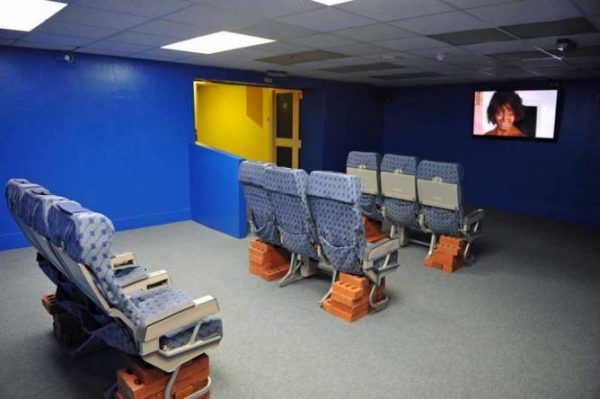
Taryn Simon
Taryn Simon is a renowned artist whose work combines photography, text, and graphic design. Interested in exploring hidden things, Simon sets out to capture a subject that is often considered impossible and/or forbidden. She identifies the subject and begins the tedious process of research to make the project a reality. For the American Index of the Hidden and Unfamiliar project, the author is assembling a collection of rarities that are hidden from view within the United States. Art lovers can find work all over the world, including the Georges Pompidou National Art Center in Paris.
Tauba Auerbach
Studying language and logic along with color and size, Tauba Auerbach is a multi-faceted artist who works in a variety of art forms, including sculpture, photography, book design, and weaving. However, she is popular for her paintings, known as “folding paintings,” which play with perception and color. Auerbach folds the canvas and then paints, making sure the paint gets into all the folds. After drying, she carefully stretches the paintings, producing a two-dimensional work that mimics a three-dimensional figure. The artist has had numerous solo and group exhibitions to her credit. Her work is in several permanent collections, including the Museum of Modern Art in Stockholm.
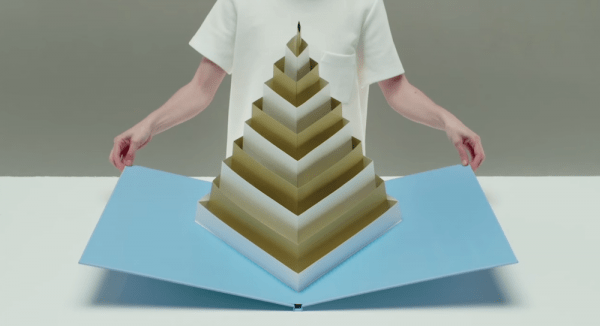
Zoe Strauss
Philadelphia-based photographer Zoe Strauss began taking pictures at age 30 when she received her first camera as a birthday present. She takes pictures of people and places that society often overlooks. Not shying away from realistic views of various economic and social truths, Strauss began photographing people from her neighborhood, creating powerful and respectful portraits. Strauss’ work from 2001 to 2011 translated into a large-scale exhibition, Under I-95, held in South Philadelphia. Strauss’ photographs can be found on buildings and billboards, as well as in many private and public collections around the world.






